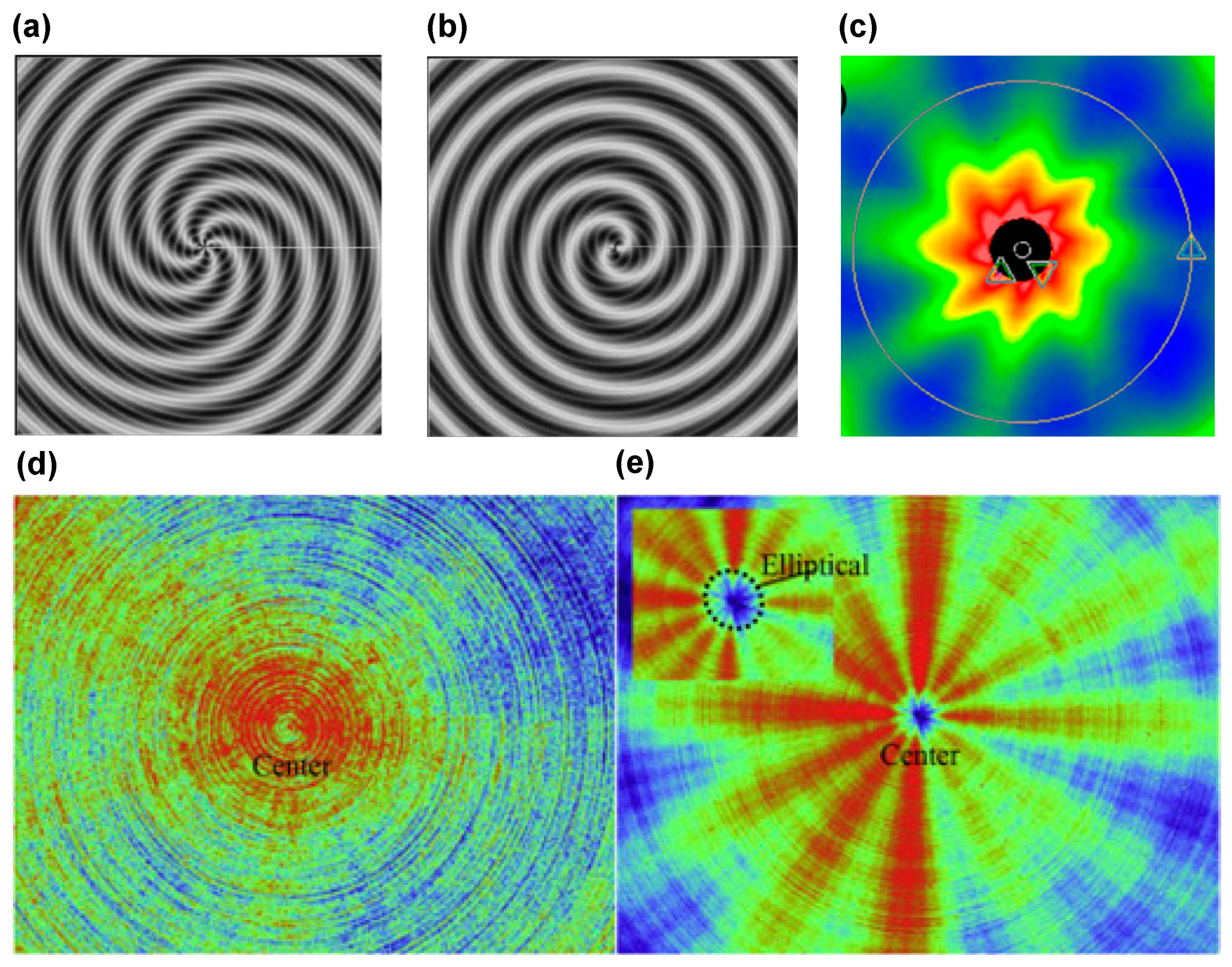

Hussaini MY (1998) On large-eddy simulation of compressible flows. International Journal of Wildland Fire 2, 55–68. (1992 ) Simulations of horizontal roll vortex development above lines of extreme surface heating. Journal of Climate and Applied Meteorology 26, 1624–1637. (1987 ) Three types of horizontal vortices observed in wildland mass and crown fires. (1994 ) Vortical structure in the wake of a transverse jet. Journal of Fluids Engineering 95, 429–438. (1973 ) The use of subgrid transport equations in a three-dimensional model of atmospheric turbulence. (2001 ) On the formation of the counter-rotating vortex pair in transverse jets. Journal of the Atmospheric Sciences 56, 891–900. (1999 ) Similarity statistics from a direct numerical simulation of the neutrally stratified planetary boundary layer. (1989 ) The dynamics of the near field of strong jets in cross-flows. International Journal of Wildland Fire 6, 177–190. (1996 b) A coupled atmosphere–fire model: role of the convective Froude number and dynamic fingering at the fireline. Journal of Applied Meteorology 35, 875–901. (1996 a) A coupled atmosphere–fire model: convective feedback on fire line dynamics. Bulletin of the American Meteorological Society 61, 682–694.Ĭlark TL, Jenkins MA, Coen JL , Packham DR (1980 ) Intense atmospheric vortices associated with a 1000 MW fire. (2001 ) Large-eddy simulation of neutral turbulent flow over rough sinusoidal ridges. (American Meteorological Society: Boston) In ‘Lectures on air pollution and environmental impact analysis’. (International Association for Fire Safety Science: Boston)īriggs GA (1975) Plume rise predictions. Proceedings of the sixth international symposium’, Poitiers, France. | Crossref | GoogleScholarGoogle Scholar |īatchelor GK (1967) ‘An introduction to fluid dynamics.’ (Cambridge University Press: Cambridge)īaum HR, McGrattan KB (2000) Simulation of large industrial outdoor fires. Journal of Applied Meteorology 31, 1328–1349. (1992 ) Smoke column observations from two forest fires using Doppler lidar and Doppler radar. In all simulations the plume cross section is represented poorly by a self-similar Gaussian distribution.īanta RM, Olivier LD, Holloway ET, Kropfli RA, Bartram BW, Cupp RE , Post MJ For the elliptical ring source, a streamwise counter-rotating vortex pair is apparent on each flank, and a transverse horizontal vortex is observed above the head of the source.


For the circular source, these structures include: (i) a counter-rotating vortex pair aligned with the plume trajectory that is associated with a bifurcation of the plume, (ii) transverse shear-layer vortices on the upstream face of the plume, and (iii) vertically oriented wake vortices that form periodically with alternating sign on either side of the downstream edge of the plume base. Several different coherent vortical structures that dominate the plume structure and evolution are evident in the simulations, and these structures correspond well with those observed in plumes from wildland fires. Simple circular heat sources and asymmetric elliptical ring heat sources that are representative of wildland fires of moderate intensity are considered. The structure and dynamics of buoyant plumes arising from surface-based heat sources in a vertically sheared ambient atmospheric flow are examined via simulations of a three-dimensional, compressible numerical model.


 0 kommentar(er)
0 kommentar(er)
